
When I tell people that my kindergarten students are setting goals, coming up with strategies to help them meet their goals, and keeping track of their progress towards those goals, they usually give me a “yeah, right” look. After all, they’re still babies! But trust me – those babies are capable of a lot more than you might think!
Today, i’m going to show you how you can EASILY get your students setting classroom goals too!
Getting Started

We started setting goals in November this year. I started our first month by telling my students what the goal would be and coming up with the strategies in front of them.
This would model what they would be doing in future months.
To track our goal’s progress, we came up with a tangible way to measure it (in this instance, a time limit) and then checked in at the end of every day to see if we did it.
Keeping Track of Our Progress
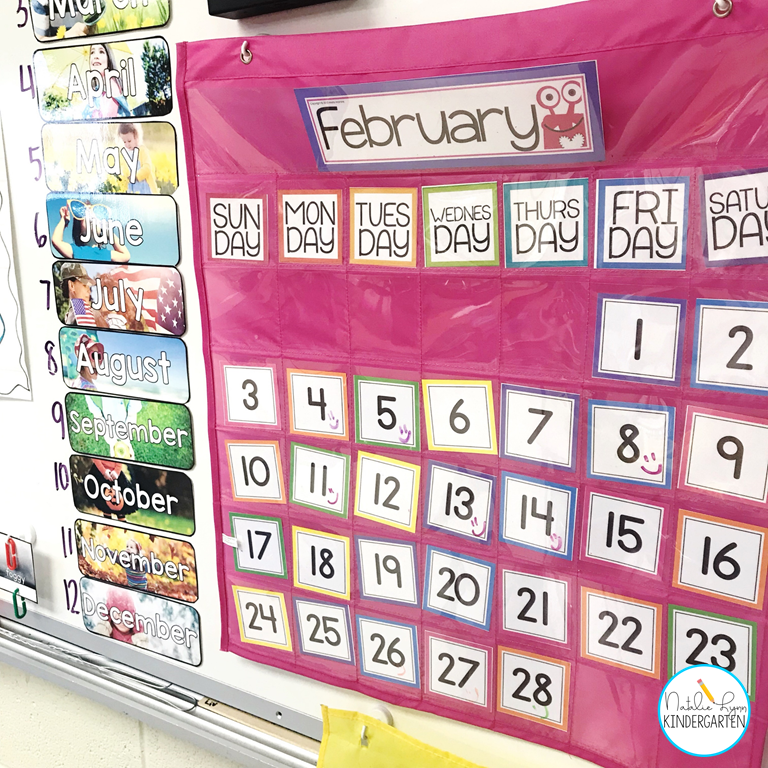
For us, I found that the best way to keep track of our progress was by using a dry erase marker to draw smiles or frowns on our classroom calendar.
I had big dreams of having paper calendars and having students track their own progress, but that didn’t quite pan out!
Eventually, I started keeping track on our goals poster by adding tens frames on it. That worked really well!
At the end of the day, students help me decide whether or not we met our goal.
We also count how many more we need to meet our goal. This is a great way to incorporate math and critical thinking!
Deciding On Our Goal

The next month, December, my students set the class goal.
They came up with a list of things they thought we needed to work on. They did SO much better with this than I even hoped!
After we came up with a short list, I had students vote on the goal. Whichever one has the most votes is our goal for the month! (Sometimes I may sway the votes if we really need to work on something, though
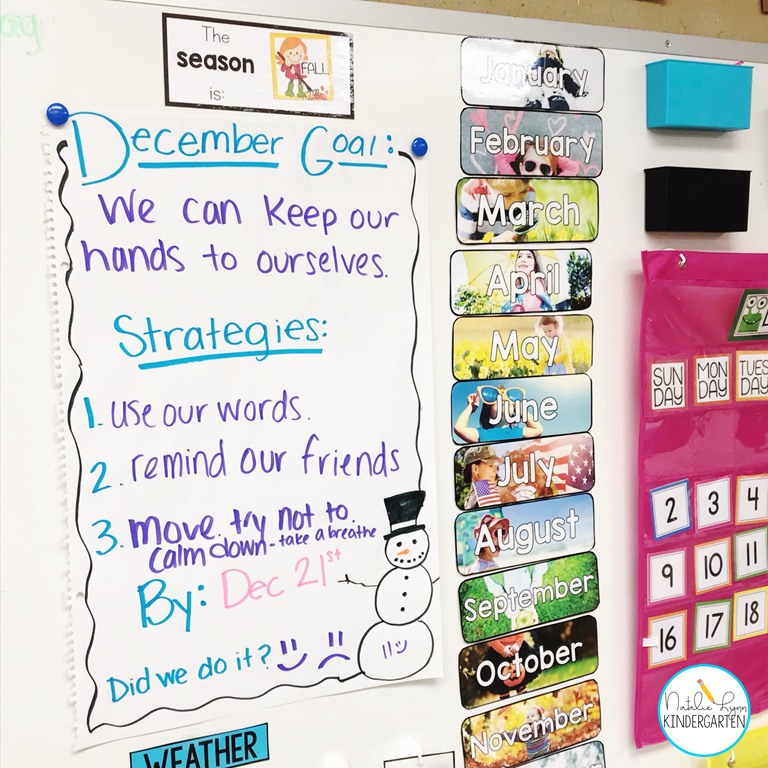
After we decided on the goal, I had students come up with the strategies they could use to help them meet that goal. They usually do well with this, but if I need to, I may suggest another way to word their strategy.
We also decided how many smiles we needed to meet our goal that month. I also make sure that we have chances to make mistakes. For example, for this month, we decided that we would have 2 chances as a class to “make a mistake” during the day and still get a smile.
At the end of the day, we didn’t point out specific instances, but my kids were pretty honest about whether or not they thought we met our goal that day.
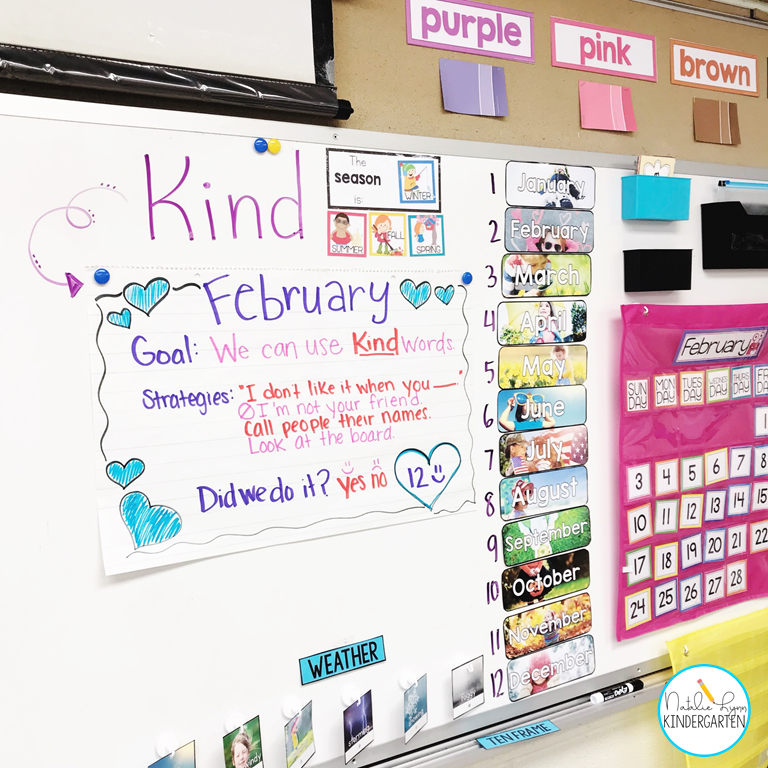
You may have noticed that we’re missing a January goal! That’s because we didn’t quite meet our goal in December. If we don’t meet our goal one month, it automatically becomes our goal for the next month. We just re-evaluate and decide what we need to do differently that month!
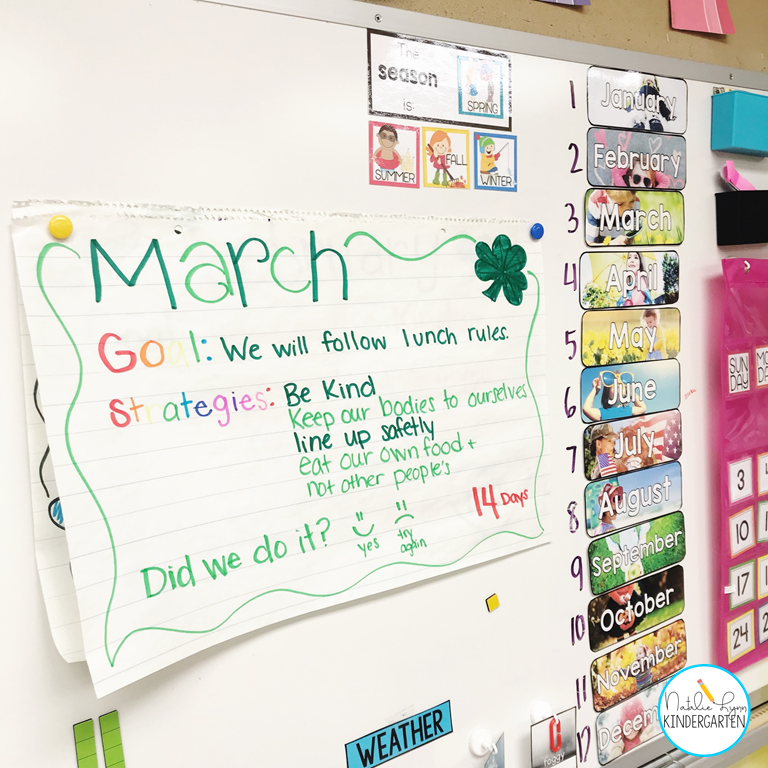
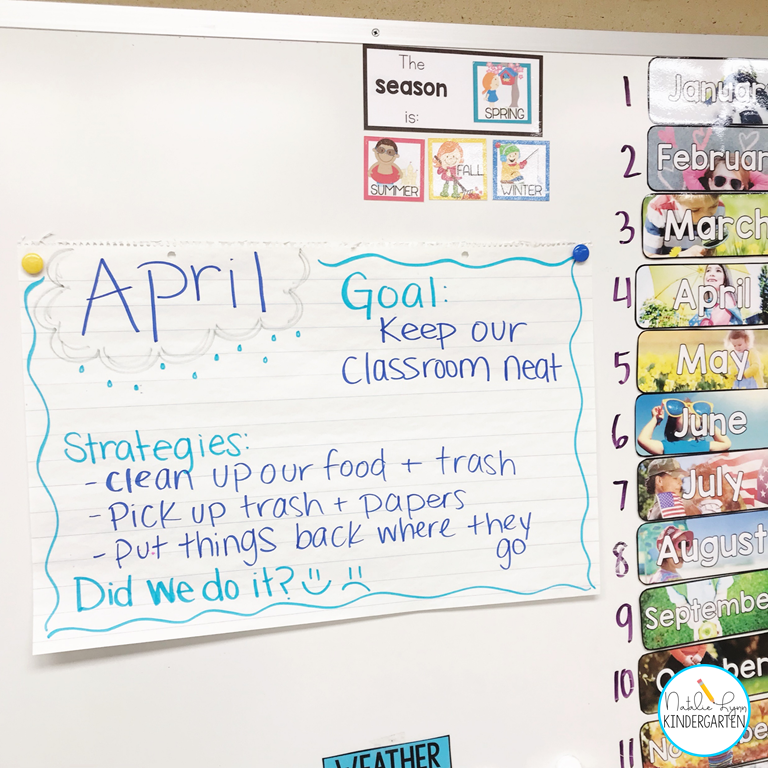
One last question I get all. the. time. is, “What are they working for?” The answer is, the joy of meeting their goal!
But really, I haven’t found a need for tangible rewards yet. My students are still excited about their goal each month and talking about it at the end of the day and counting how many more smiles we need to meet our goal has been enough to keep the excitement going!
However, if you wanted to, you could easily have an end of the month goal celebration!
Individual Goals and Data Binders
So how did setting whole group goals extend to individual goal setting? Well, we are required to keep data binders for our students. In the past, i’ve let students fill in their data, but I really didn’t have them set goals. Now, we set one individual goal to work towards each month!
You can find my Kindergarten Portfolio and Data Binder here.






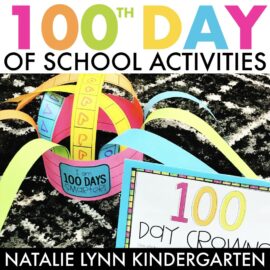

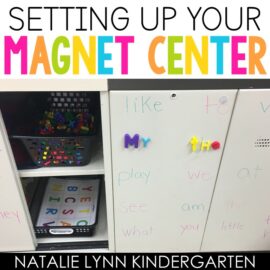

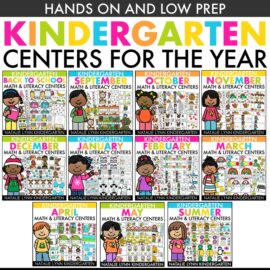
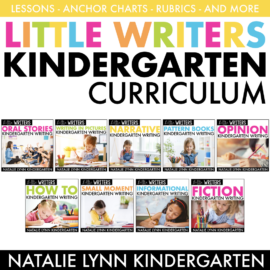
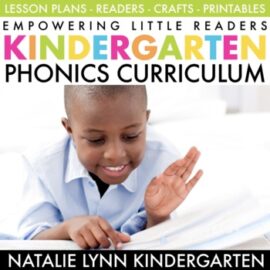
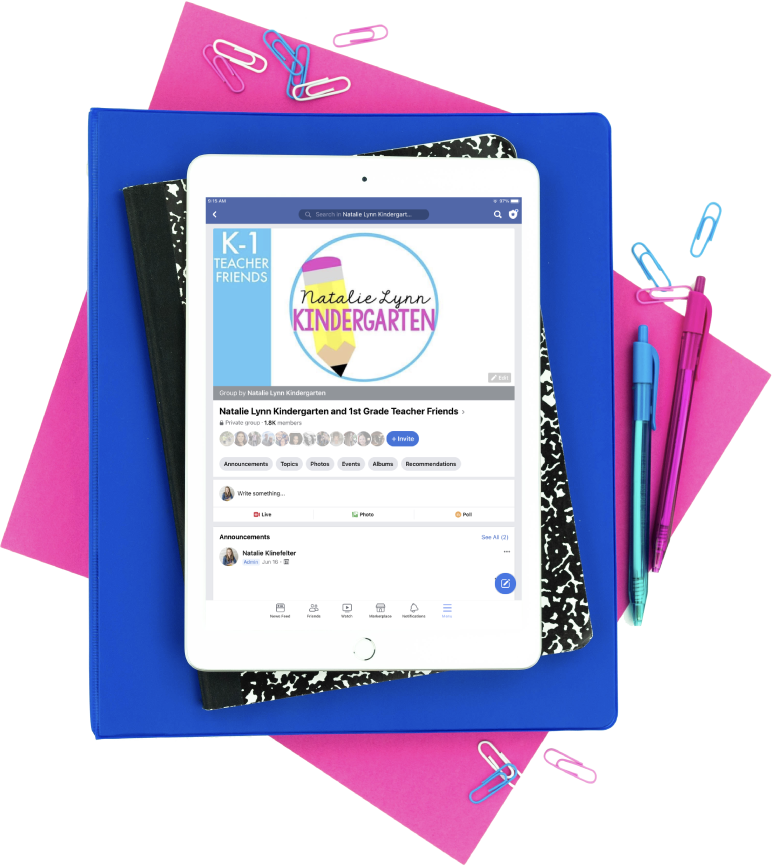

I absolutely love this idea! Thank you for sharing.